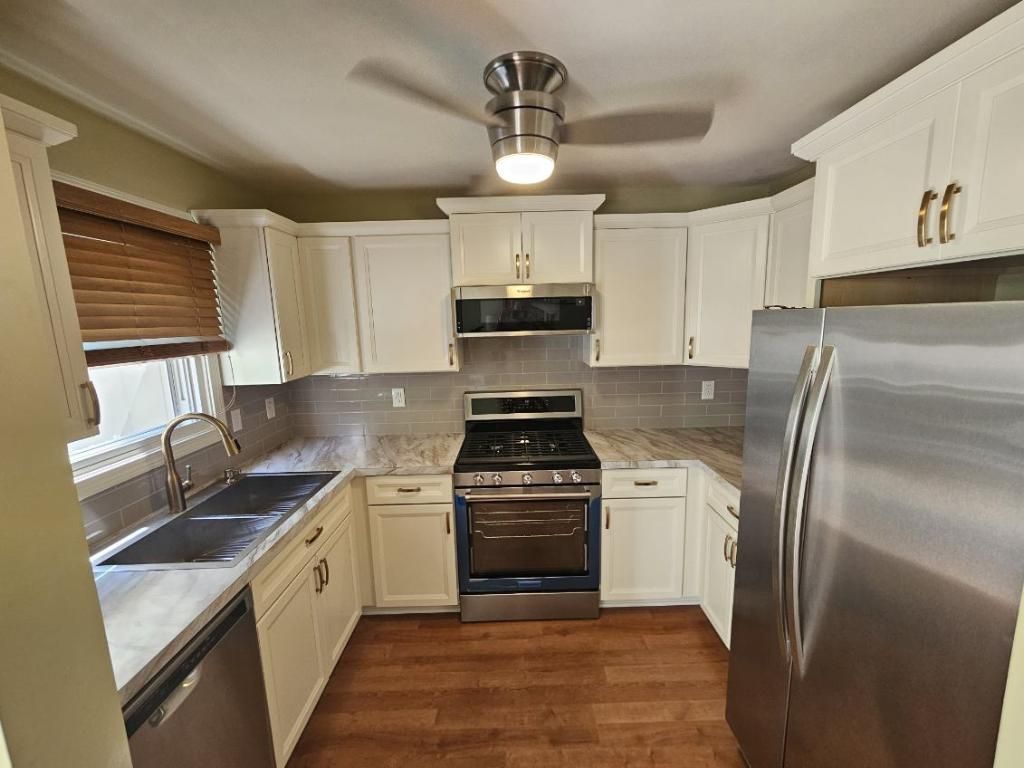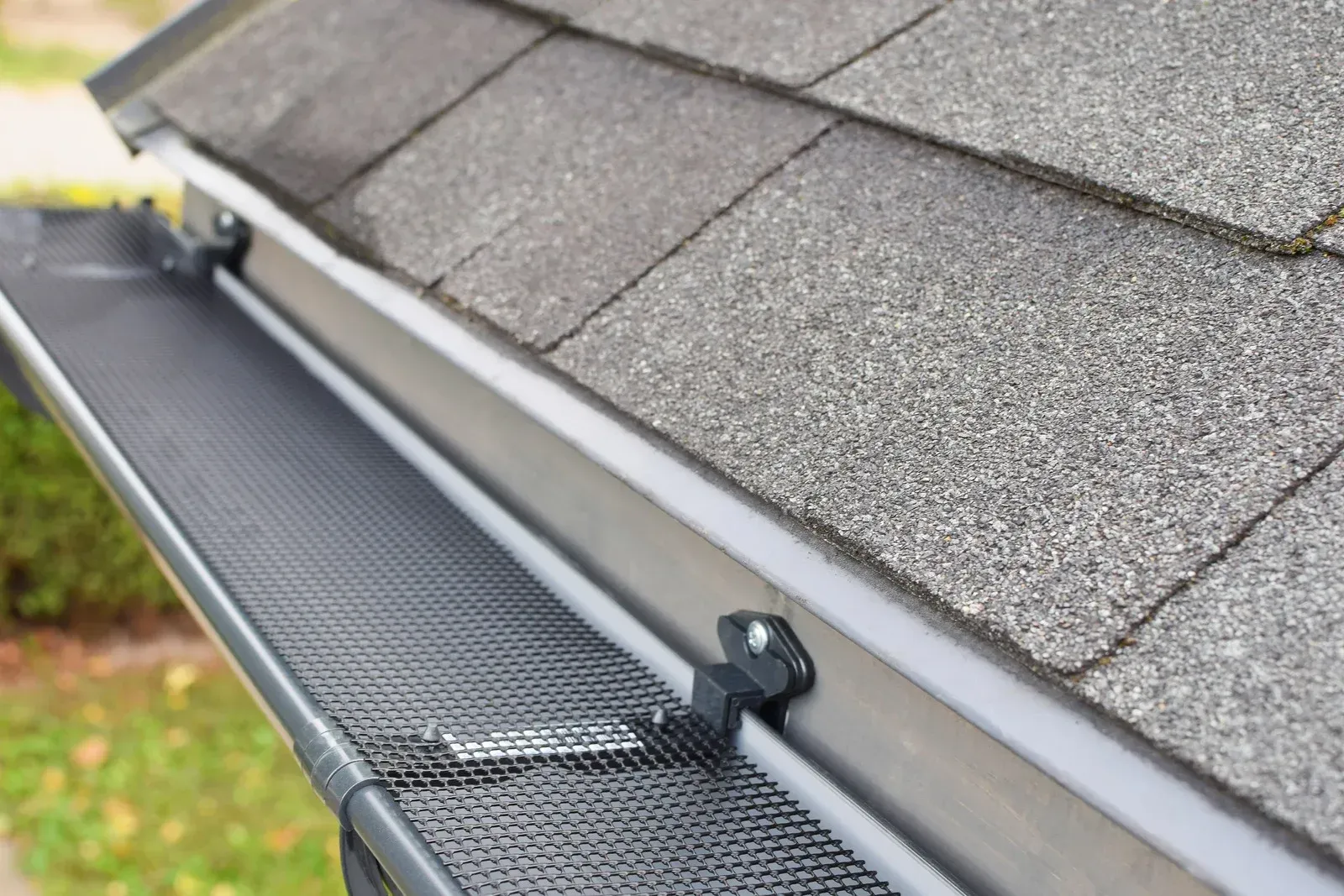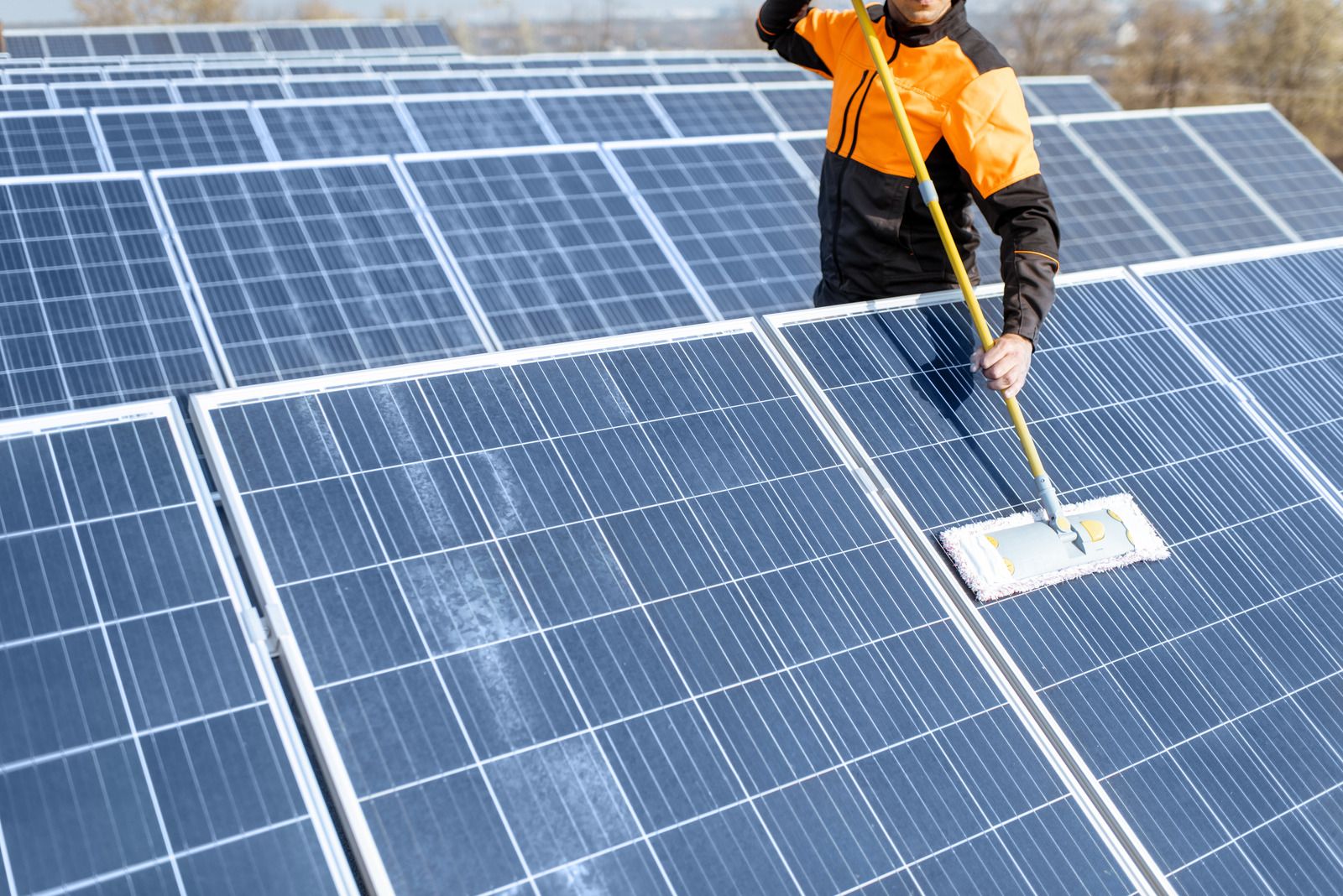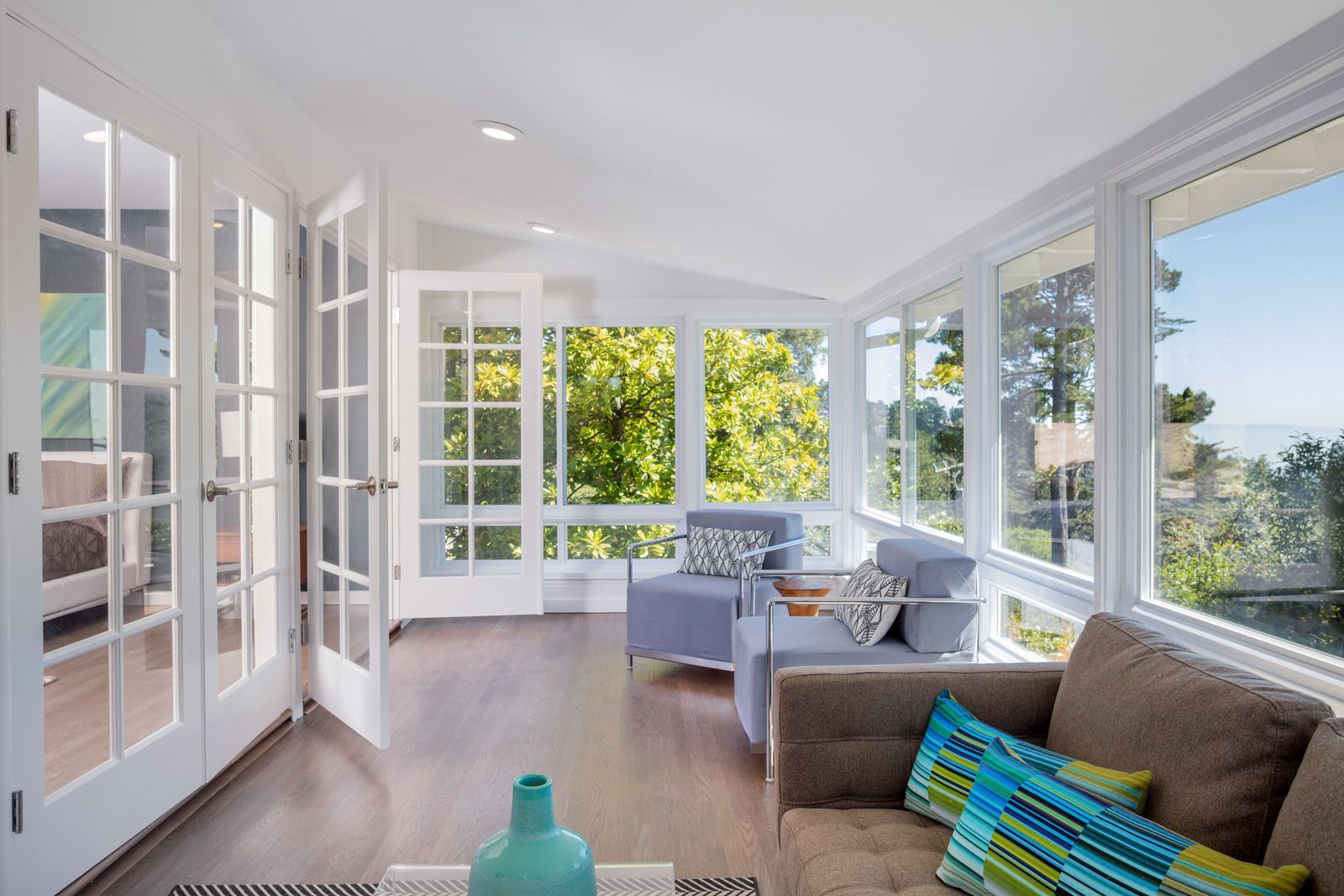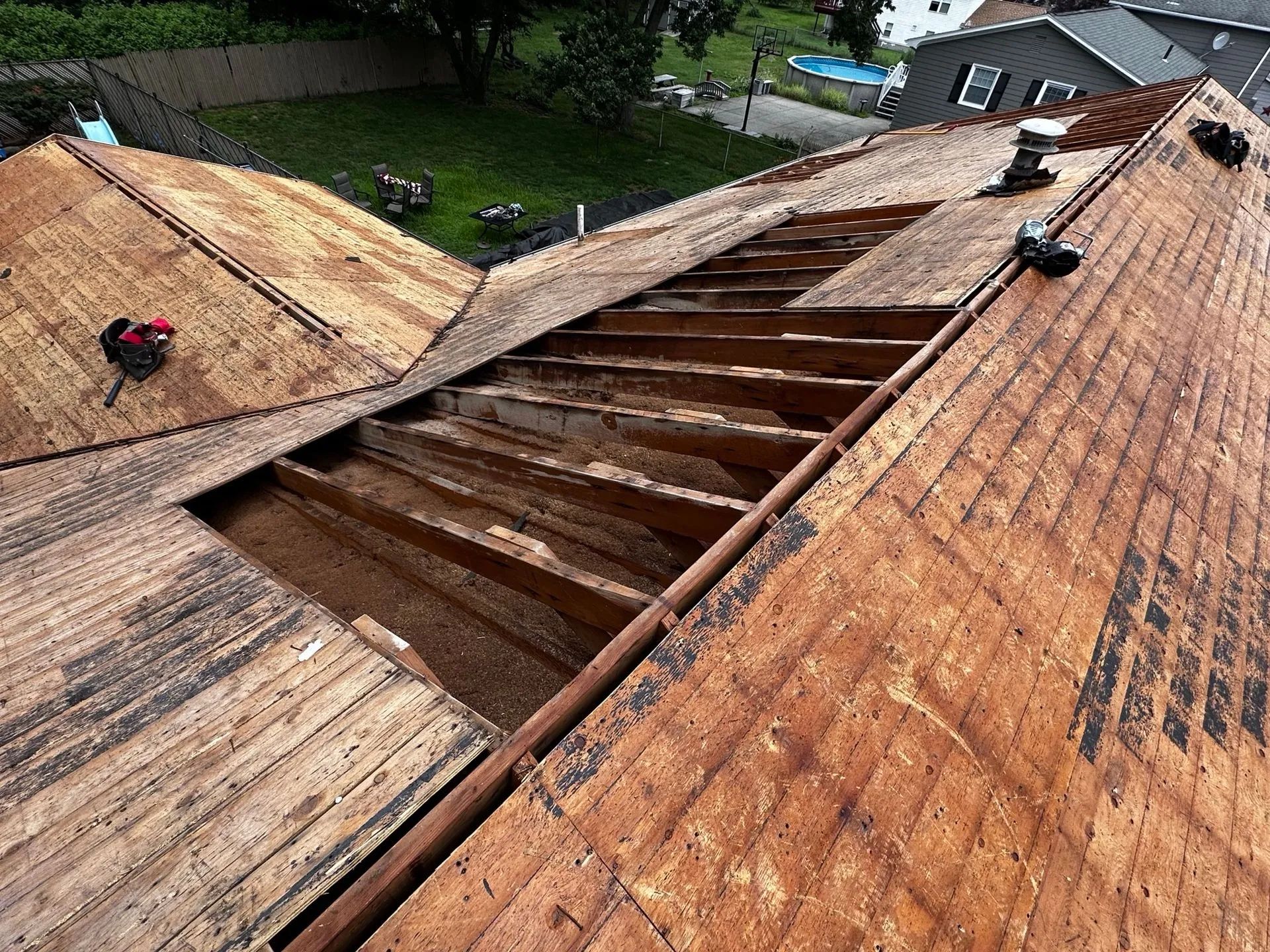Sustainable Home Building: Eco-Friendly Practices to Consider
Building a sustainable home is an excellent way to reduce environmental impact while creating a comfortable, energy-efficient space. As more homeowners turn to eco-friendly solutions, various practices can help make a suitable home building. Some key factors must be remembered to create a sustainable home building. If you want to gain in-depth knowledge about creating sustainable home buildings, this article will help you learn more.
Choosing Eco-Friendly Materials
When constructing a sustainable home, you must use environmentally friendly materials. Traditional materials like concrete or steel often leave a significant carbon footprint in the environment. If you can use alternatives like reclaimed wood, bamboo, and recycled steel, these can help lower environmental impact. These materials reduce emissions and also allow you to give your home a unique, natural look.
Additionally, sustainable insulation materials help improve energy efficiency, which also helps in less carbon emission. Proper insulation helps to reduce the need for excessive heating and cooling. It also helps in cutting down energy consumption and maintains a comfortable indoor temperature.
Energy-Efficient Design
A sustainable home begins with a thoughtful design. Solar-oriented designs can be one of the best designs that maximize natural heating and lighting from the sun. If you can position the face of the house towards the sun, it will allow you to capture more natural light. It also reduces the need for artificial lighting and heating and lowers energy consumption.
Installing large windows or skylights is another way to enhance natural lighting. However, energy-efficient windows also work great to prevent heat loss during colder months or overheating during summer.
Ventilation is another important factor in energy-efficient house design. When designing a suitable home, always consider well-designed airflow systems, including natural cross-ventilation and mechanical systems. They can improve indoor air quality and reduce the need for heating or cooling systems to work overtime.
Water Conservation
Water conservation plays a major role in creating sustainable home building. Installing low-flow fixtures such as faucets, toilets, and showerheads can reduce water usage. A rainwater harvesting system also helps homeowners in some areas. They can use rainwater for non-potable uses like flushing toilets or watering plants.
You can plant native plants to promote water efficiency. They require less water and are more resistant to local pests and weather conditions. This saves water and reduces the need for pesticides and fertilizers.
Renewable Energy Integration
Renewable energy sources, like solar panels or wind turbines, can enhance sustainability in your home. Solar panels are becoming more affordable and efficient, helping homeowners reduce their reliance on traditional energy sources. While this requires an initial investment, it leads to significant savings over time and reduces your home’s carbon footprint.
Geothermal heating and cooling systems are another eco-friendly option. These systems use the earth’s stable underground temperature to regulate indoor temperatures. They can be an energy-efficient alternative to traditional HVAC systems.
Final Thoughts on Sustainable Building
Sustainable home building requires careful planning to reduce environmental impact. From choosing eco-friendly materials to incorporating renewable energy and water-saving features, each step contributes to a more sustainable future. With the right practices, a sustainable home reduces its carbon footprint and offers long-term savings and comfort for homeowners.



